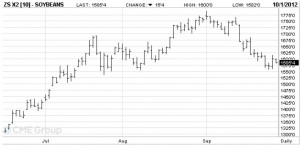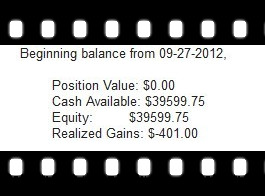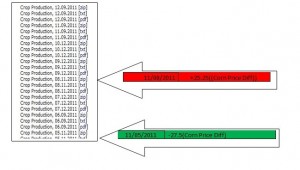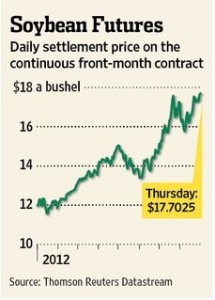Question:
“Northern Gateway Hearings. The Alberta Federation of Labour says the Enbridge pipeline project will actually eliminate Canadian jobs”: http://www.cbc.ca/asithappens/episode/2012/09/04/the‐tuesday‐edition‐45/
The Alberta Federation of Labour has two main criticisms of the Northern Gateway pipeline: (1) Canadian jobs would be created if the crude bitumen was refined in Canada and then exported rather than being exported directly; and (2) The pipeline will reduce the “Asian” premium, which means a higher price of oil in Canada and job loss due to the higher processing costs for Canadian refineries.
In about 200 words carefully explain why the creation of the Gateway pipeline from Alberta to Kitimat BC will raise the price of crude oil for Canadian refineries. Be sure to include proper references to your background material. In your UBC Blog create an entry that includes the above link, my question and your response.
Solution:
The construction of the Gateway pipeline from Alberta to Kitimat BC really has a negative impact on the Canadian economics, especially on the Canadian crude oil refineries.
As Gil McGowan (The President of Alberta Federation of Labor) said, after the construction of the pipeline, Asia countries (especially China) will be the major importer of the crude bitumen. It would lead to a decrease of the domestic crude oil supplies in Canada. So the domestic consumers and related industry who buy oil from Alberta will pay more.
What’s more, there is an “Asian premium” in this oil market. The suppliers of the crude oil would prefer to choose the buyers (Asian countries) who are willing to pay a higher price. Therefore, as crude oil is the raw material of oil refineries, the domestic producers have to pay a much higher price than current price in order to compete with the global market.
Higher cost for oil products do not just raise the cost for individuals. Industries such as transportation, fishing, agriculture, forestry, manufacturing and tourism are all affected by higher oil prices. That means, not only will it cost more at the pump, but at the lumber yard, grocerers, the drug store, airtravel, ferry fares, exports etc will also cost more.
All in all, as for the Kinder Morgan expansion and the Northern gateway pipelines, none of the extra capacity is actually for Canadian consumpton. It is all for export so this will not assist with gas prices in BC.
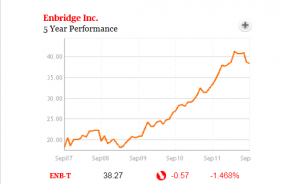
(price of gasoline in canada)
Reference:
1. http://www.cbc.ca/asithappens/popupaudio.html?clipIds=2275885032, 2275885888, 2275887137 (CBC Radio)
2.http://www.theglobeandmail.com/globe-investor/investment-ideas/streetwise/northern-gateway-pipeline-could-raise-the-price-of-gasoline/article4522968/

